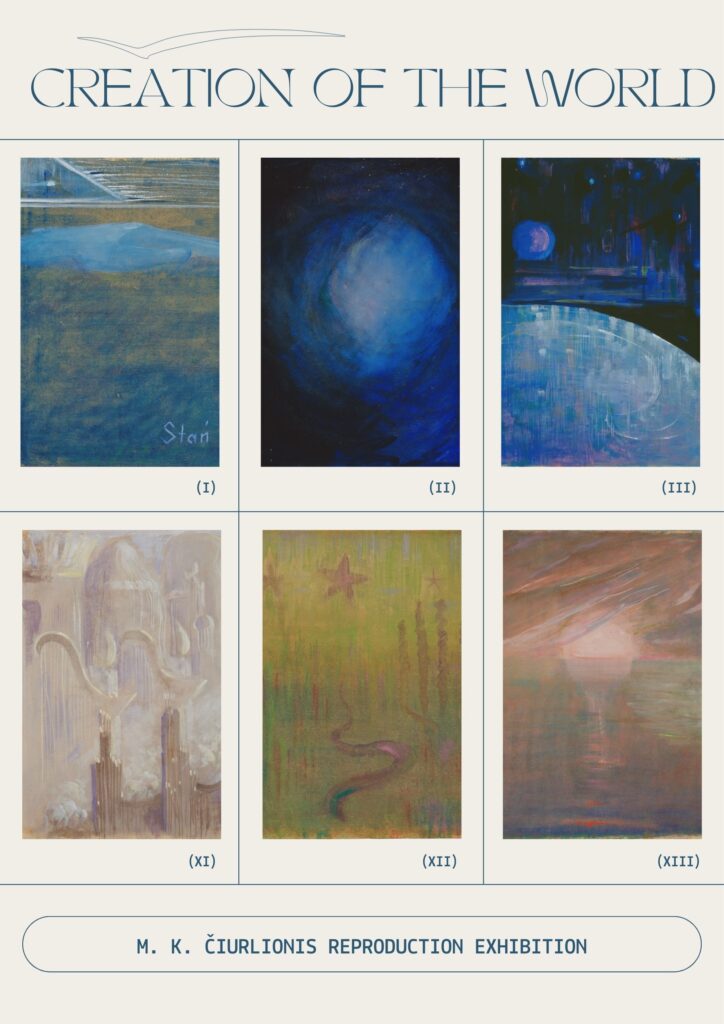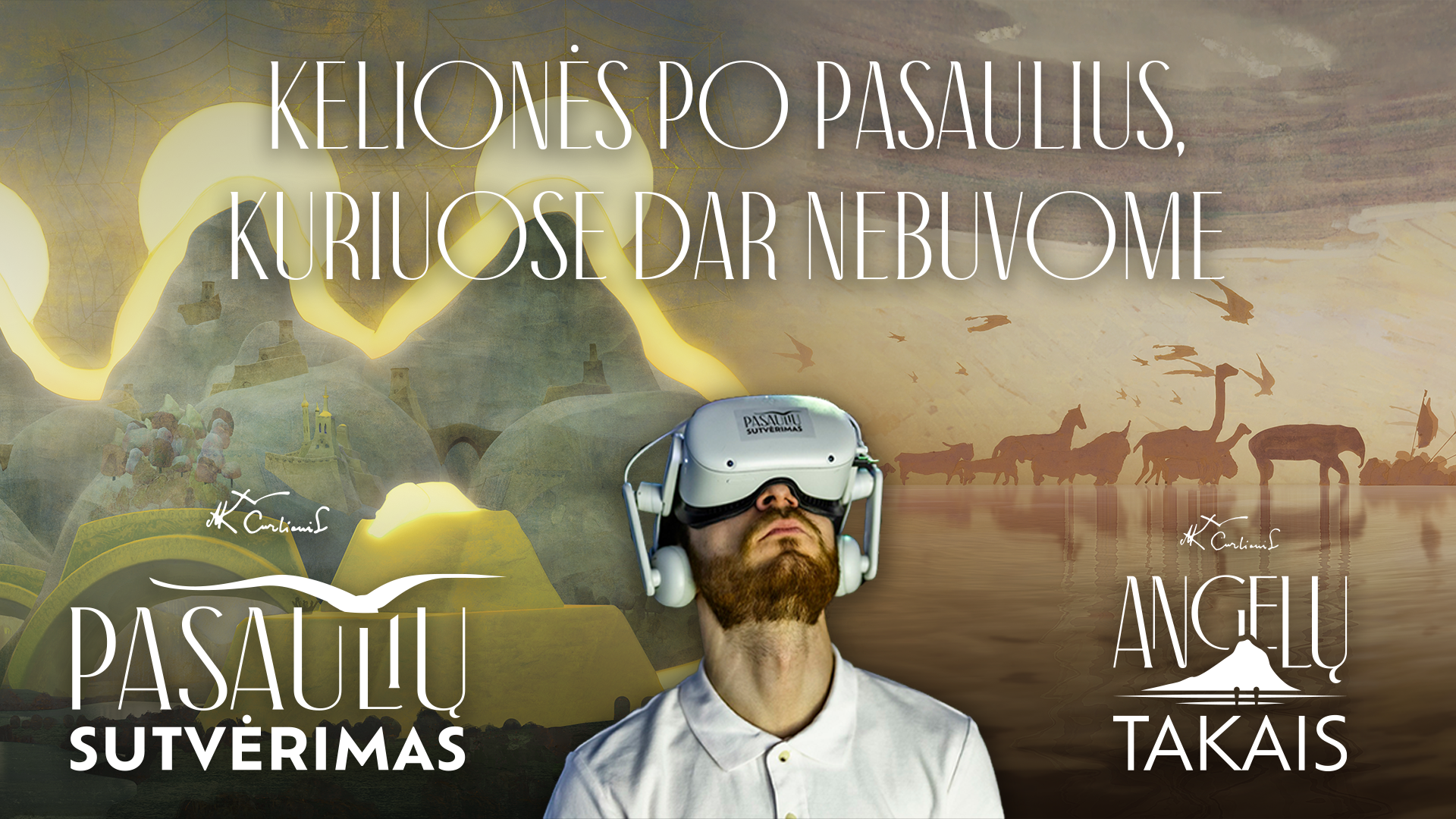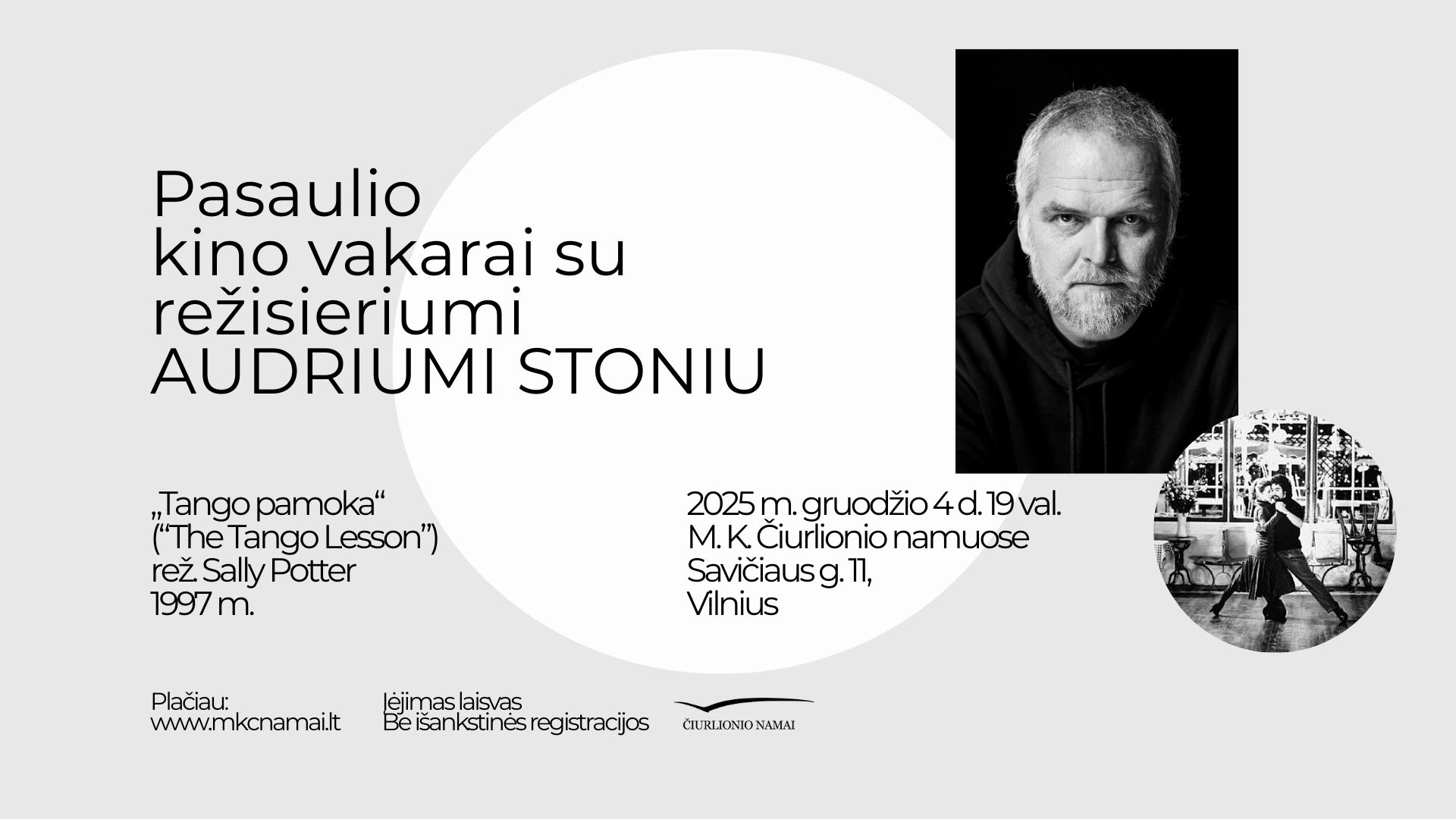
CREATION OF THE WORLD. THE CYCLE OF 13 PAINTINGS.
Čiurlionis also took an interest in cosmology and ancient Eastern religions – Indian, Egyptian, Semite and others – as well as reading the Bible. At the same time, he was also interested in scientific theories about the creation and development of the world – the theories of Pierre-Simon Laplace and Immanuel Kant to be precise.
The idea of the creation of the world was a constant presence in the artist's work, however, it takes center stage in the cycle “Creation of the World”.
Čiurlionis wrote of this collection of paintings: “I have a mind to continue painting it till the end of my days, of course, while I still have new ideas. This is the creation of a world, just not ours and not according to the Bible. Some other world – a fantastical world,” (Letter to Povilas Čiurlionis, 28(?)/04/1905, Druskininkai).
The influences in the cycle “Creation of the World” are many and varied. Some paintings are linked to Christian creationism, some can be associated with the aforementioned scientific theories of cosmogony, and others display the development of an already existing planet, which can be related to theories of evolution. That being said, no direct clues about the source of the ideas behind each painting can be found. Everything is synthesized and remains the fruit of the artist's imagination.
The cyclical aspect of this series is also important, for the meaning of every individual painting contributes to the entirety of the cycle. All of the paintings are united by meaning, colour palette and composition.
Two parts can be identified within this cycle: the creation of the cosmos and of life, as well as the evolution of a planet that has already been created.
The divine hand and the phrase “Stań się” (Polish for “Let there be”) in the first painting of the cycle “Creation of the World” reflects the verbal aspect of creation in various cosmogonic myths (in the Bible, ancient Egyptian mythology, etc.). The owner of the hand could possibly be the crowned deity in the fourth painting, associated with the floating spirit of God over primordial chaos in many of the cosmogonic tales from Lithuania, ancient Egypt, and the Bible.
The second painting resounds with the same cosmic theme – it is as if this is the beginning of a newly developing system. The artist goes beyond the limits of mythological creationist imagination and finds inspiration in the scientific theories of world creation prevalent at the turn of the twentieth century. Kant and Laplace's nebular hypothesis about the formation of the Solar System was popular at the time. The astronomer Camille Flammarion, whose work Čiurlionis has taken a liking to, also based his work on this theory. Thus, the conclusion can be made that scientific discoveries were the main influence on the idea behind this painting.
The third painting depicts a frozen planet developed out of the nebular mist, fully-formed but lifeless.
The cosmic process is concluded with the fifth painting. The painter seemingly returns to the story of Biblical creation and combines the events of two days in one story – the separation of land and water as well as the creation of the heavenly skies.
The sixth painting begins the second part of the series, which deals with the development of a planet that has already been formed. According to the Bible, almost all of the remaining paintings correspond to the day when God created Earth's flora. However, it is only in the second part of the series that Čiurlionis' intention to create a fantasy world becomes apparent, even though the content is obviously influenced by scientific theories of evolution.
These paintings depict the transition from the simplest water plant forms (painting VI), to the first land plants (painting VII), to more developed forms of flora such as lotus flowers (painting VIII), giant forests (painting IX and X) and the harmony of the underwater world (painting XII).
The last painting of the series is one that portrays a sunset – the conclusion of each Biblical day of creation. Perhaps this was only the conclusion of the first stage of creation because the artist himself intended to expand this cycle to 100 paintings.
The exhibition will run until 3 May 2025.
M. K. Čiurlionis House working hours:
Tuesday to Friday: from 11 a.m. to 5 p.m.
Saturday: from 1 p.m. to 5 p.m.
Monday and Sunday: CLOSED.
Entrance is free of charge.







